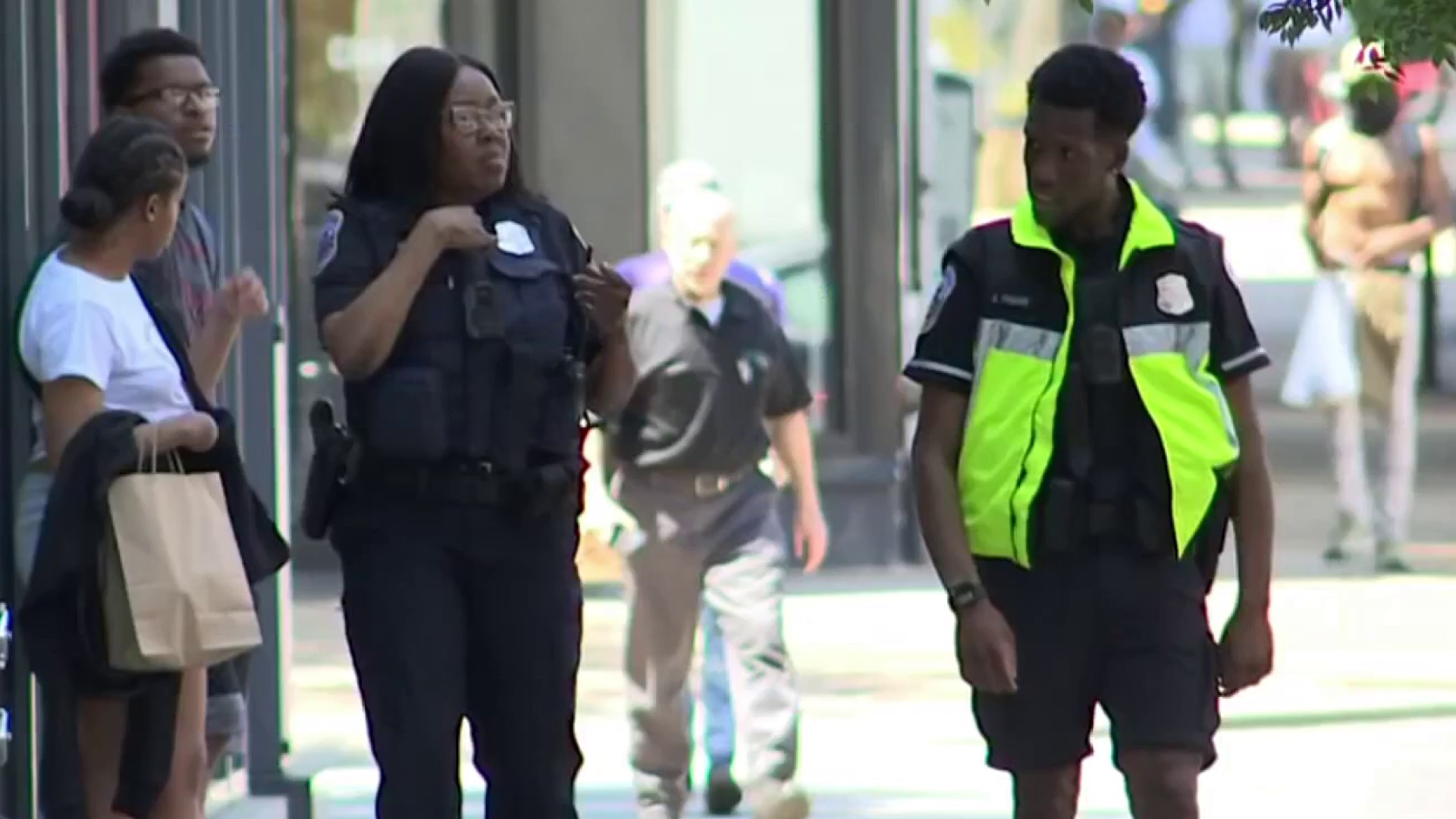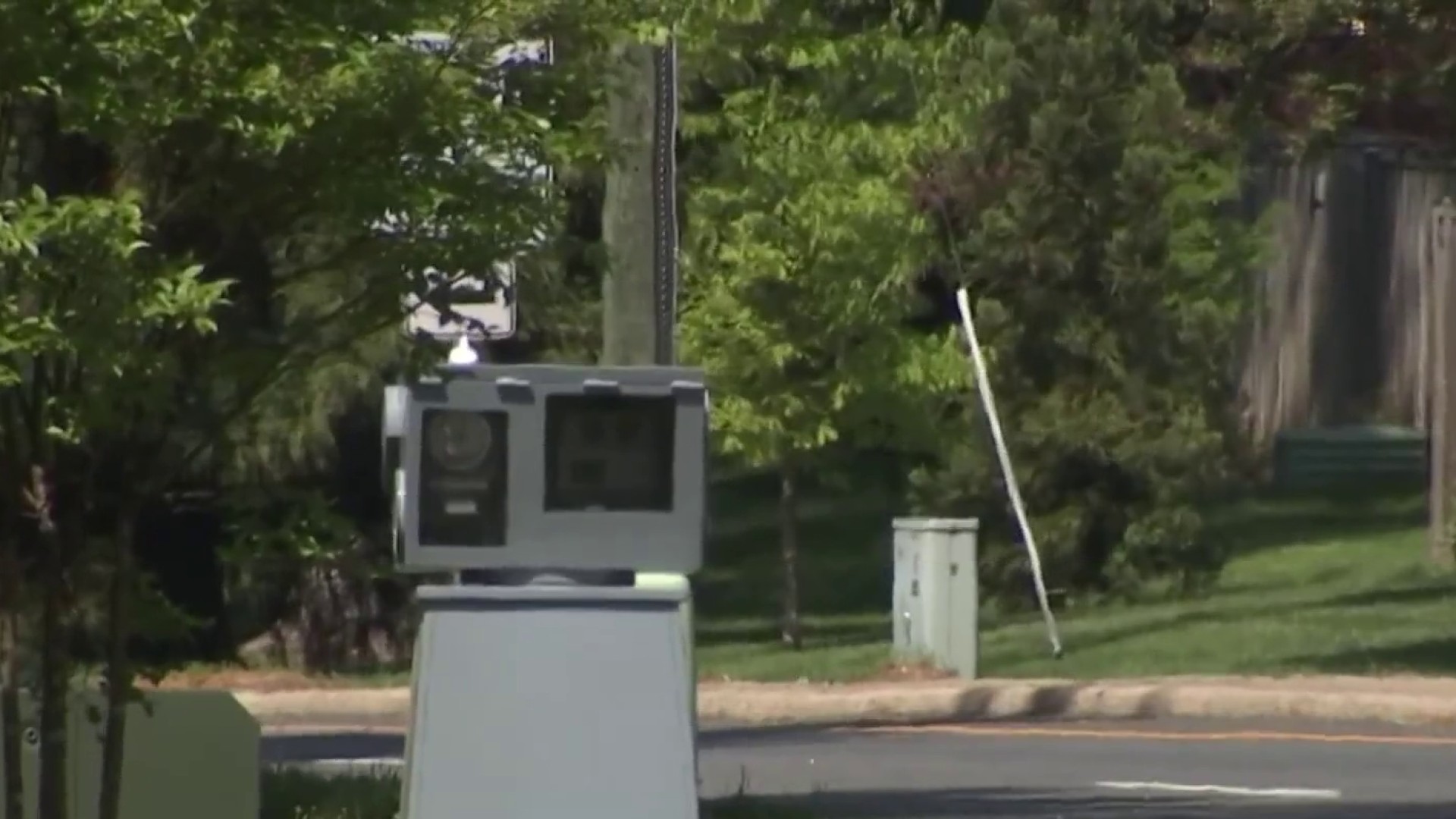The majority of the United State’s population that identifies itself as black or African American is concentrated in the southern states, according to a new report by the Census Bureau.
According to the new analysis, the DMV is home to one of the largest populations that identify as black or African American in the country.
In the most recent Census survey, respondents could check more than one box on the questionnaire surveying race. In its report, the Census Bureau counted those respondents that only checked the box that read “Black or African American” as black alone. Those that checked the box and also another race category are considered black-in-combination.
The Census report found that most of those (60 percent) who counted themselves as black or black-in-combination with another race were concentrated in just 10 states.
Maryland, with a population of 1.8 million that counts itself as black alone-or-in-combination, and Virginia, with a population of 1.7 million identify as black alone-or-in-combination, are among those 10 states.
In Census population reports, the District gets treated as a state in. When compared to the other 50 states, D.C. has the highest percentage black alone-or-in-combination population, at 52 percent. The size of the black population in D.C. has actually declined by 10 percent since 2000, according to Census data, but increased in every other state.
Florida is the state where the population identifying as black-alone-or-in-combination grew fastest in 2010.
Local
Washington, D.C., Maryland and Virginia local news, events and information
In cities of 100,000 or more people, the highest percentage of black alone-or-in-combination was in Detroit, with 84 percent. Baltimore was 5th on that list, with 65.1 percent identifying as black alone-or-in-combination.
According to the Census Bureau, 14 percent of Americans identified themselves as black alone-or-in-combination in 2010, a total of 42 million people. Over the past decade, that number has grown by 15 percent, faster than the country's overall population growth. Since 2000, the U.S. population increased by 9.7 percent.
The year 2000 was the first time respondents could choose more than one race to identify themselves.
The Census Bureay says it collects data on race in part to assist both state and federal government to enforce laws like the Civil Rights Act, the Voting Rights Act, and the Equal Employment Opportunity Act.
In addition, the Bureau says it asks about race because “data on race are critical for research that underlies many policy decisions at all levels of government.”



